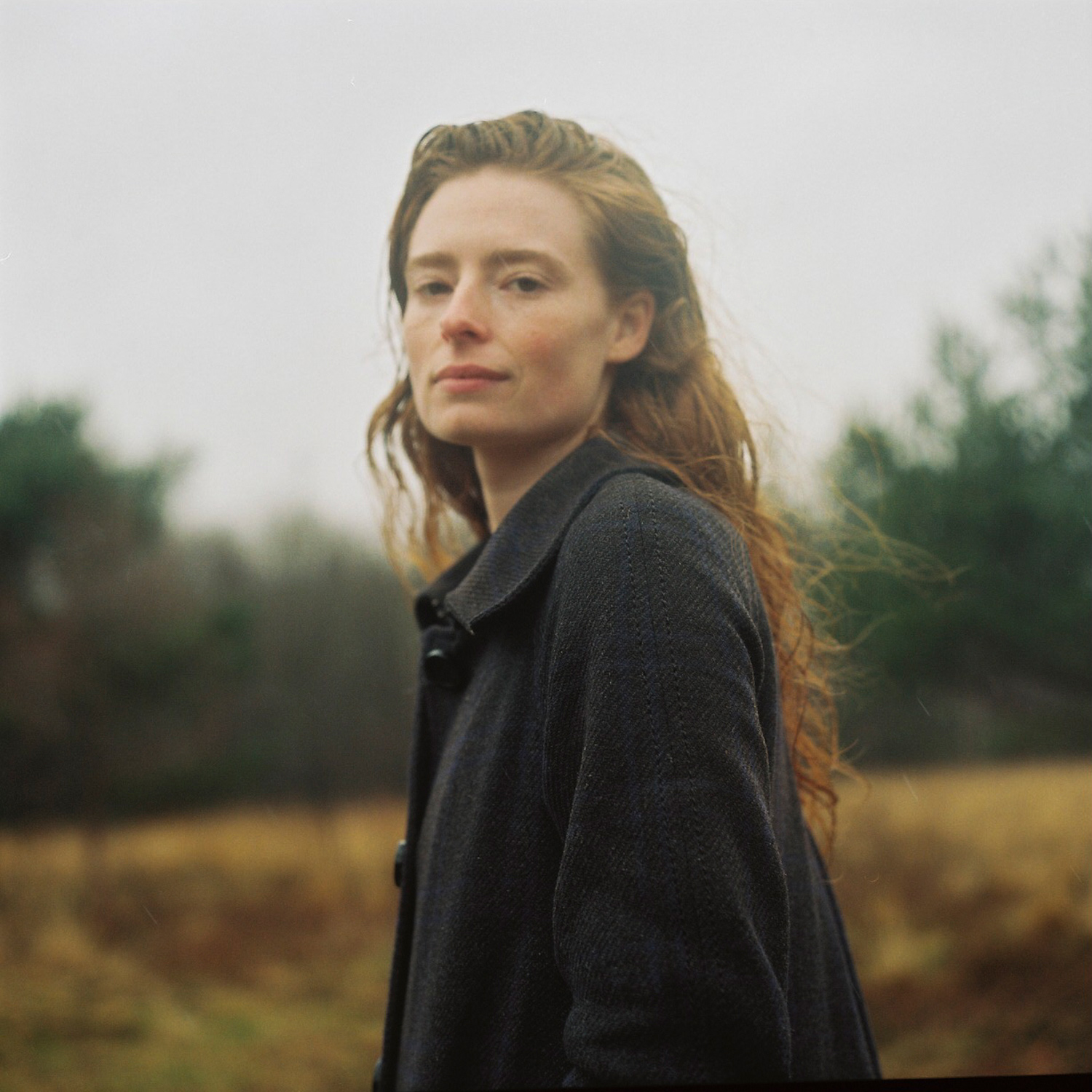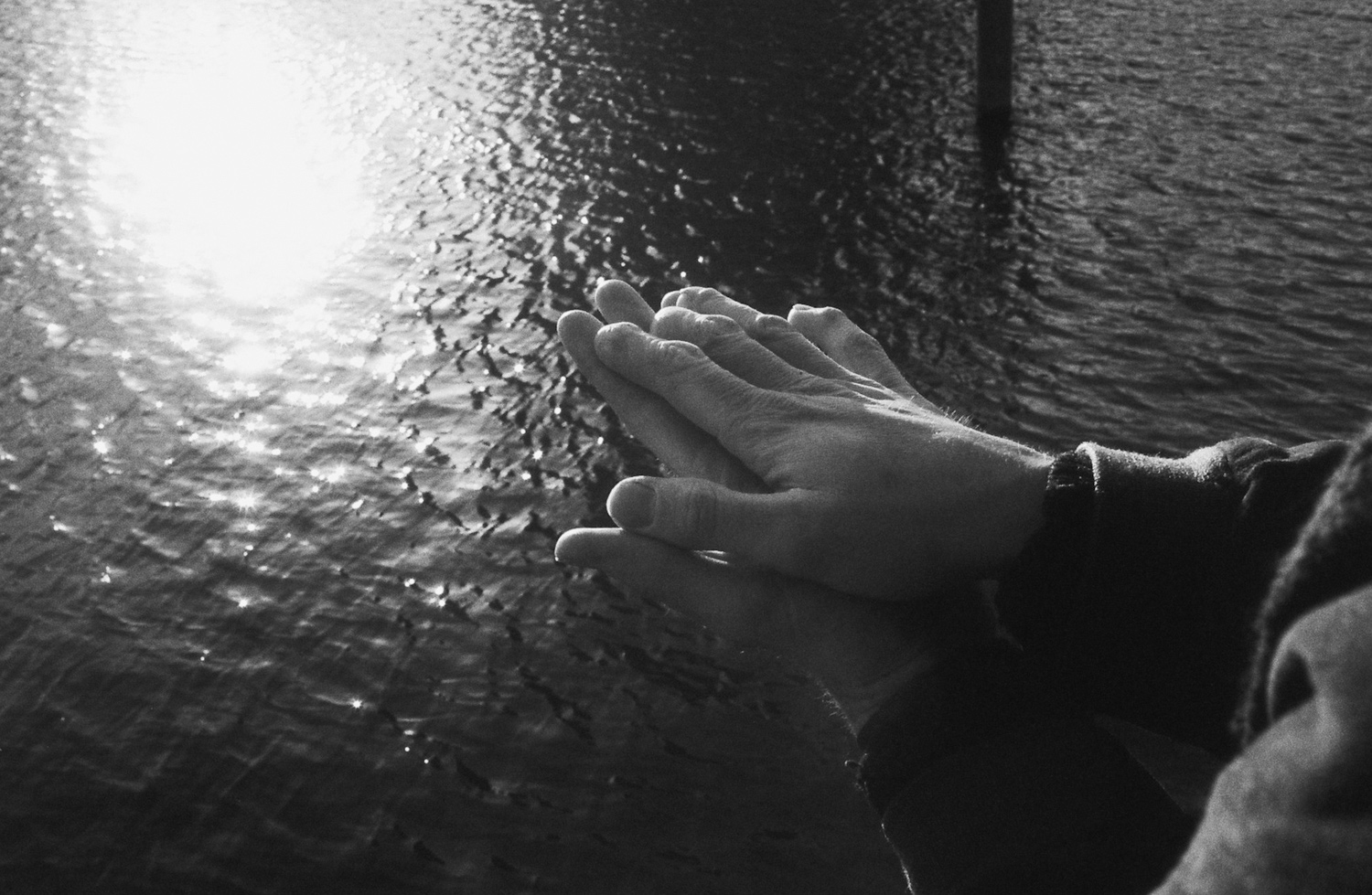
In conversation with
Feline De Coninck
Ghent, Belgium
Hi Feline, please introduce yourself.
My name is Feline De Coninck. I am thirty years old and currently living with my boyfriend, Florian, and our two cats in Ghent. I am working in Ghent as a social worker in family counseling.
Photography is something I grew up with as a child. It has always been around. My father was always seeking an image that he could capture and I can’t think of him not holding a camera. I became more and more curious and wanted to spend time with my father in the darkroom, it started to lure me as a sort of safe haven. Whenever my father showed the results of his work, my love for photography got kindled unconsciously. I am grateful that my parents raised me with a sense of art and beauty.
During primary school, I got disposable cameras under the guise of “toys to play with”. When I got older, my father gave me a digital reflex camera and later on I found some analogue cameras of my grandfather in the attic. It is with these cameras that I discovered my preference towards analogue photography. And when I graduated, I got a Leica M6 from my father.
Recently, I got my very own darkroom in our house. It’s the perfect hideaway. Developing and printing the photos in my darkroom helps me quiet down. It is almost therapeutic.
What does analog photography mean to you? What excites / fascinates you about it?
Analogue photography is a resolute choice for me. The slow process of development, the resistance of the material and the limited amount of shots to be taken are very important to me.
Personally, the challenge with analogue photography lies in the fact that I need to understand the “moment” I want to capture, rather than looking for that perfect snapshot. It is in the search for that “moment” I find solace. At first, I took photos leisurely, but soon I realised that the process of taking photos was a way of expressing myself and an outlet for my feelings. My photos could phrase what I couldn’t say in words.
In your opinion, what are the advantages and disadvantages of analogue photography?
The main advantage for me lies in the process of printing which adds a whole new dimension to photography. Because of it, I have full control over my images during the whole process.
A big disadvantage is that analogue photography has grown very costly. I don’t think it’s easy for young photographers who want to start and experiment with analogue photography. It might scare them off.
Do you concentrate on a certain topic in your work?
With my work, I try to express how I perceive the world and how I feel about certain things and people in my surroundings. My photography is very personal and is my kind of visual diary.
I seldom shoot with a topic in mind. It is mostly afterwards that I put together a series, but it’s not always necessary. A lot of images are never adopted into a series.
Are there (analogue) photographers who have influenced your aesthetic and approach?
Yes, of course. I am thinking about Vivian Maier, Francesca Woodman and Anders Petersen but also contemporary photographers like Lara Gasparotto, Raymond Meeks, Marjolein Martinot, Sasha Hitchcock and Elise Corten for example.
Do you have certain cameras and films that you prefer to work with?
For now, I have 3 cameras and I like to work with all of them. The Mju II is more point-and-shoot, I try to have it always with me, in case of anything unexpected that passes me by. My Leica M6 is more like my third eye.
Recently, I fell in love with medium format, and I am using the Rolleiflex a lot for my latest series ‘A Sense of Belonging’. Some images fell more into place when I started using medium format. For color, I like to shoot the most with Kodak Portra400 or 800.
Speaking of films: What does your workflow look like?
I think it is very healthy to have a job besides my passion for analogue photography. For me, it’s not necessary to think or be busy with photography every day. So I try to work on my images in my free time, but therefore I need to be in a good state of mind. What I mean is that my day is cannot be fully planned, it needs to be empty, so I can have enough space in my mind to let the inspiration flow.
Most of the time I bring my film to the photolab. They develop and scan my images. Sometimes I try to do it myself, but my own process is not perfected yet. Starting from that point, I take over again. When I sell an image or there is an exhibition, I always print them myself. I always make a lot of different prints to experiment with the lightning and size. I like the fact that every print is unique. At the end of the process, I try to choose a frame that suits the image. Some images need more space, others don’t. It’s interesting to see how an image can change using frames in different sizes, colors and materials.
What advice would you have for other photographers who are reading this interview?
Taking photos for me is a state of mindfulness. It requires a high level of awareness. Try to look for that state of mind, but don’t force it. Make sure to have your camera with you when you go out and try to photograph a lot (even if it’s with your phone) to train your eyes. Try to look for images in your everyday life even if you can’t capture them.
If you publish your work on Instagram: curse or blessing?
Both. Sometimes Instagram feels too overwhelming for me, because of its overload of images. It seems to encourage comparing your work with others, but that can be dangerous if you are feeling insecure as a photographer.
On the other hand, I discovered a lot of interesting artists and their work. It’s amazing how many people I reach with my account and the many opportunities it has led to.
Which 3 photo books can you recommend / should you definitely own?
Robert Frank – “The Americans”
Nan Goldin – “The Ballad of Sexual Dependancy”
Any photo book by Vivian Maier or Saul Leiter.
Thank you so much for your time!
Favorites
Leica M6, Rolleiflex, Mju II
Kodak Portra, Kodak T-Max, Kodak Tri-X, Ilford, Berger
Color & B/W






